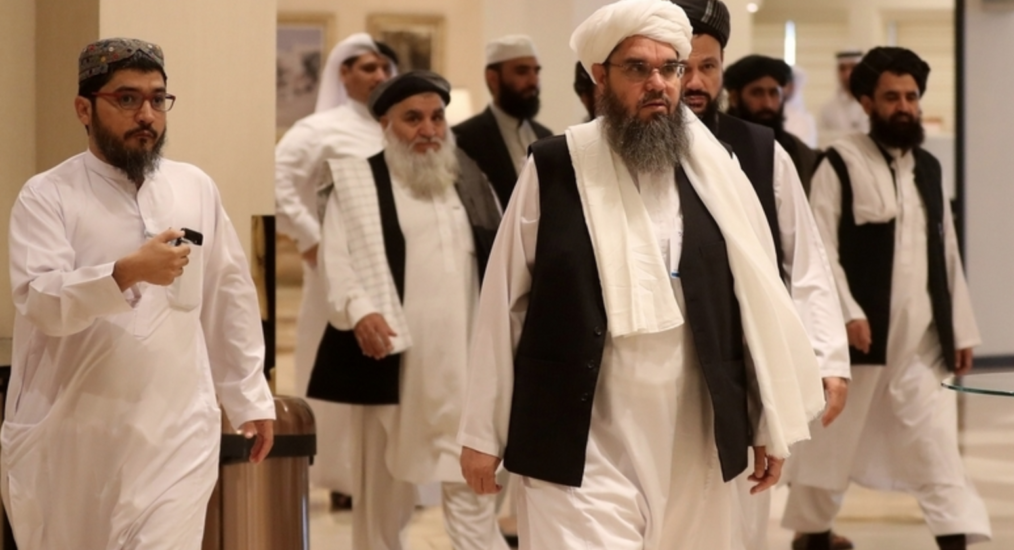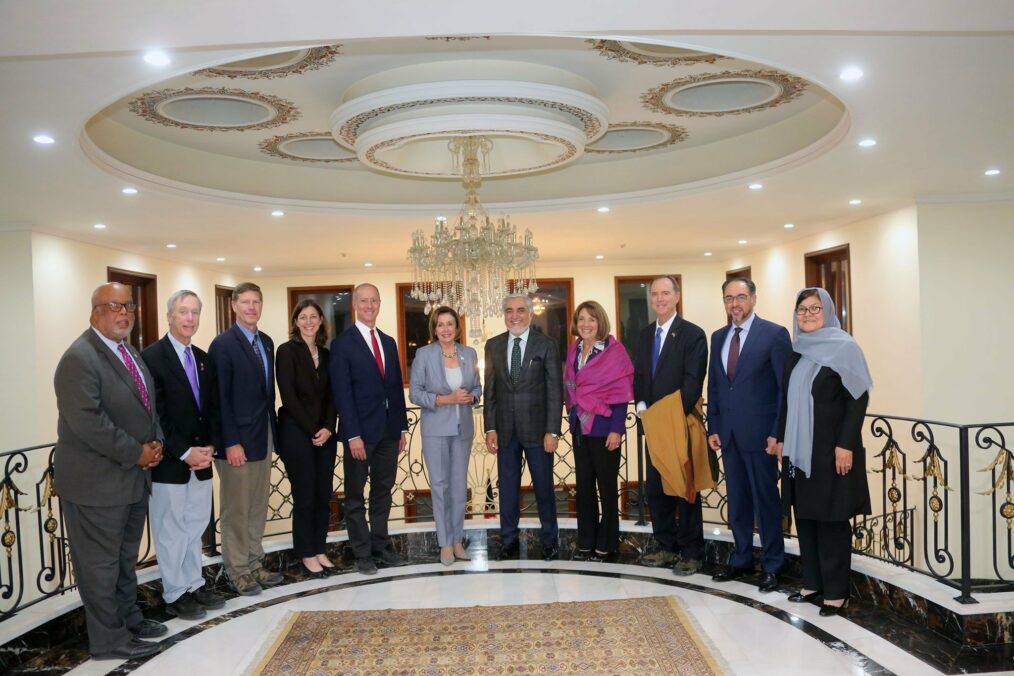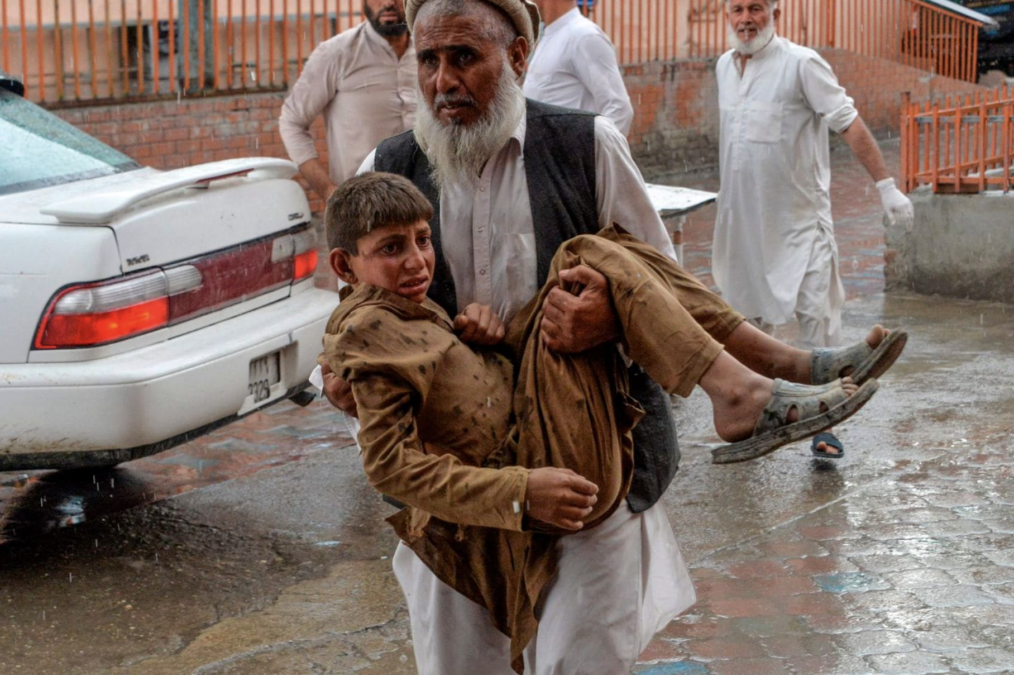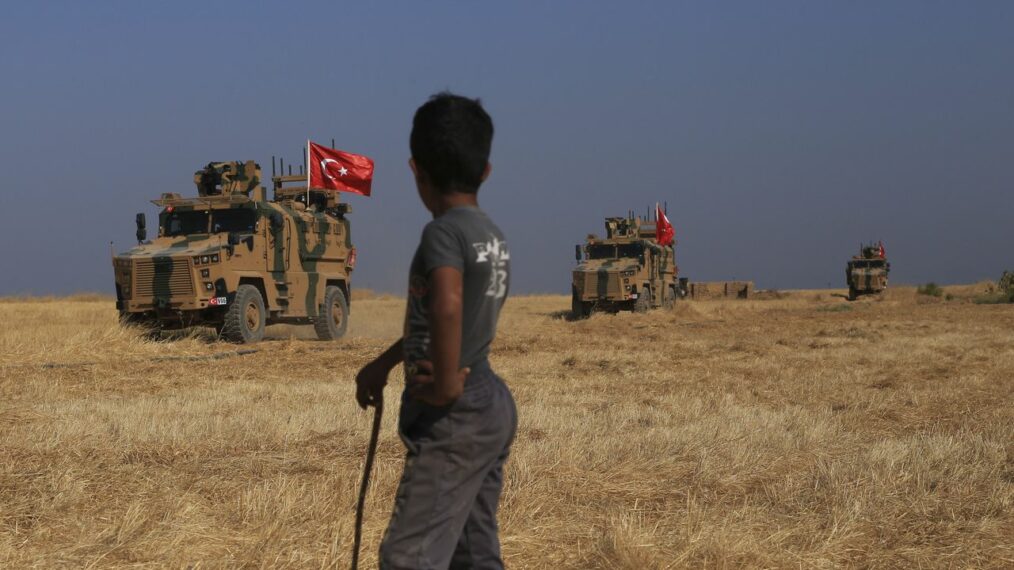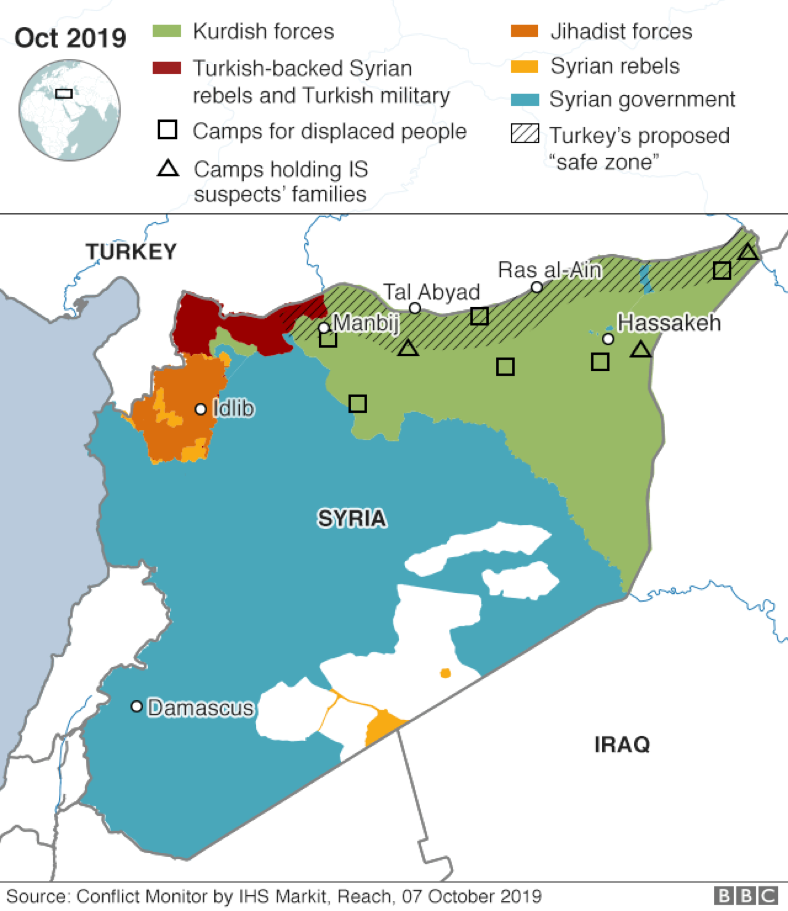In a successful operation on October 26, United States special forces killed Abu Bakr al Baghdadi, the leader of the Islamic State of Syria and the Levant (ISIL) in Idlib, northwestern Syria. What could be the implications of this very critical operation for the actors in the conflict and the impact on ISIL itself?
From a strategic perspective, this operation could be a sample of the model that the US applies to Syria in the coming years. The United States coordinated the operation with the parties in the conflict, including Russia, Turkey, Syria, Iraq and Syrian Kurds. Given Russia’s dominant role in Idlib, the Assad regime’s presence and Turkey’s control over the northern Idlib, the United States notified them about the US military presence in the area.
The US military launched the operation from Erbil in the Kurdistan Regional Government. Although the Incirlik military base in Turkey is closer to Idlib (around 100 miles) than Erbil in northern Iraq (more than 400 miles), the US military chose Erbil over Incirlik which indicates the United States’ distrust of Turkey given Turkey’s long-time involvement with al Qaeda and ISIL affiliates.
According to President Trump, the Syrian Democratic Forces (SDF) were involved in the operation by providing intelligence. Although Turkey has been trying to push the United States against the Kurdish Democratic Union Party (PYD), it seems that Turkey’s move has not proved successful at all. On the contrary, SDF and the Syrian Kurds will continue to stay as partners of the United States. In short, although the US military pulled out of northeastern Syria, it will continue to be actively involved in the country.
As for the impact on the group, of course, the operation could trigger a chain of events that could affect ISIL in several ways. Because the group emerged in Iraq as the Islamic State in Iraq and then became ISIL under Abu Bakr al Baghdadi’s leadership, his death would be a devastating blow for its members. However, given the decision-making structure of ISIL, they could survive this.
Decapitation or targeted killing of a leader of a terrorist organization is considered an effective counterterrorism tactic in the short term. On the one hand, as a short-term effect, it could disrupt activities of the group, create panic and mayhem among the members, resulting in intra-group conflict.
On the other, it could mobilize group members toward more actions and pursuing new attacks against their targets. When the target is a highly charismatic leader, then this could act as a catalyst for future attacks. In fact, research showed that the decapitation of leaders of ISIL may not lead to the intended results unless other steps are taken.
Abu Bakr al Baghdadi was not the founder of ISIL and had not been as charismatic as Osama bin Laden, the founding leader of al Qaeda, nevertheless, he has been the most important figure in the organization. Since the founding leader of IS — then it was al Qaeda in Iraq — Abu Musab al Zarqawi was killed in 2006, ISIL transformed itself into a hybrid organization under Abu Bakr al Baghdadi’s leadership between 2010 and 2016.
Unlike his three predecessors, under al Baghdadi’s leadership, ISIL’s impact on the region exceeded the boundaries of Iraq. ISIL became the leading terrorist group that created its so-called caliphate in Iraq and Syria and attracted thousands of foreign fighters from more than 100 countries.
However, given the continuing decline, loss of territory and recruitment, his death may not create significant repercussions among current membership. But, the fact that he detonated a suicide vest and killed himself could be seen as a sacred sacrifice by other ISIL followers in the region and around the world, which might act as a catalyst for future attacks.
In Syria, between 2013 and 2015, ISIL had been the focal point for those who wanted to join the ‘jihad’ in Syria. Now a reverse trend might be seen in which ISIL members could leave the group and join other local groups in Syria.
According to some sources, al Baghdadi nominated Abdullah Qardash as his successor in August, but his death could lead some members to leave the group and trigger fragmentation within the group, especially if the leadership position is not filled soon. Because of the nature — what I describe as — of the transitivity character of these members, it would not be a surprise to see some of these members joining in the ranks of the al Qaeda affiliated groups in Syria.
Localized ISIL affiliates could take further steps to fill the vacuum and emerge as the dominant group. However, this will all depend on the territory where they are active. For example, IS in Khorasan Province could become the more prominent group within IS.
Successful targeted killings could provide states with the window of opportunity to inflict further damage against organizations like ISIL operationally. But more importantly, such developments could also enable governments and other concerned parties to spend more time and energy on prevention and de-radicalization efforts, reaching out other countries to strengthen cooperation and collaboration to tackle the underlying causes that terrorist organizations have been exploiting.
Regardless, from a counterterrorism perspective, the death of Abu Bakr al Baghdadi is a success. While it is critical, the true definition of success in counterterrorism is not just about the decapitation of the leadership.
Like the previous examples, including al Zarqawi and Abu Omar al Baghdadi, Abu Bakr al Baghdadi will be succeeded by another leader. The real challenge is to come up with policies, strategies, and tactics that address the underlying causes, terrorist organizations exploit.


